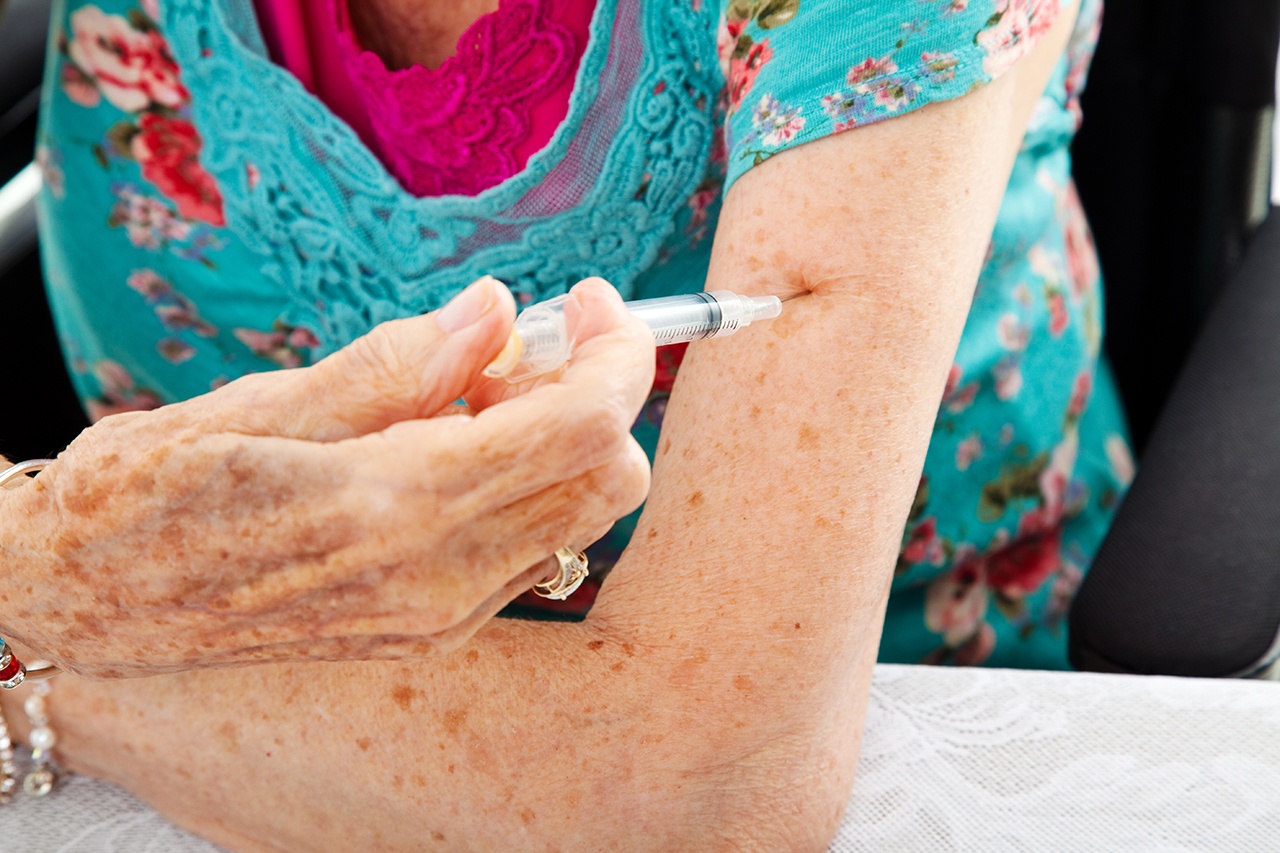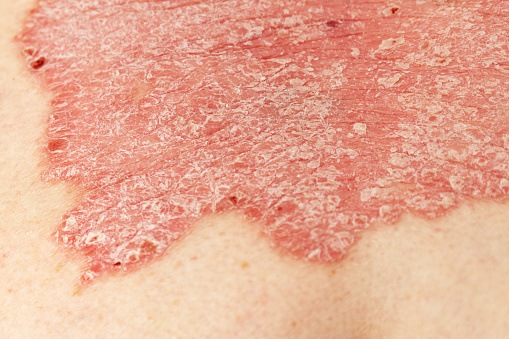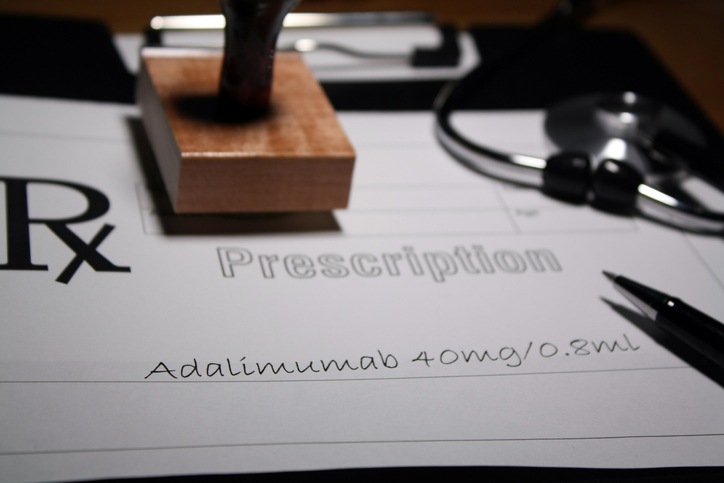
Psoriasis is a common disease among pediatric patients that can lead to diminished quality of life, including through disturbed sleep, resulting in daytime somnolence, fatigue, poorer performance, and missed school or work. Psoriasis patients are also more likely than the general population to suffer from mental health comorbidities including anxiety, depression, and attention deficit hyperactivity disorder. A new study evaluated currently available topical and oral treatments for pediatric patients with plaque psoriasis and atopic dermatitis (AD).
The researchers conducted a PubMed search including key words “psoriasis,” “psoriatic,” “atopic dermatitis,” “eczema,” “pediatric,” and “child,” along with “treatment,” “steroids,” “calcineurin inhibitor,” “phosphodiesterase inhibitor,” “methotrexate, mycophenolate,” “cyclosporine,” or “azathioprine.” Studies from inception through May 2019 were included; studies not written in English and that only focused on adult psoriasis or psoriatic arthritis were excluded.
A total of 59 articles were read; seven topical and five systematic treatments for pediatric psoriasis and AD were identified. Topical treatment vehicles included creams, ointments, gels, lotions, and foams; specifically, the researchers discovered evidence on the use of clobetasol propionate, budesonide, fluocinonide, triamcinolone acetonide, fluocinolone acetonide, desonide, and hydrocortisone. Topical therapies are considered first-line treatment options for psoriasis and AD in children. Five oral treatments were identified, of which four were indicated for psoriasis: cyclosporine, methotrexate, mycophenolate, and acitretin. Azathioprine was identified as a treatment for AD.
The researchers concluded that topical and systemic medications are usually an effective way to manage psoriasis, and if topical treatment is not adequate, escalation to systemic treatments may be required. Systemic treatment may have adverse effects and necessitate laboratory monitoring.







 © 2025 Mashup Media, LLC, a Formedics Property. All Rights Reserved.
© 2025 Mashup Media, LLC, a Formedics Property. All Rights Reserved.